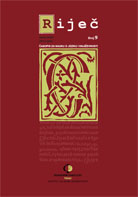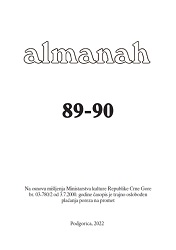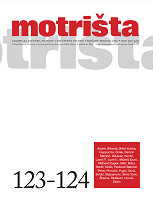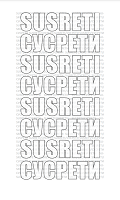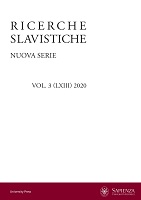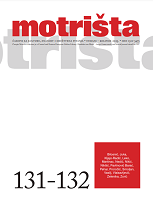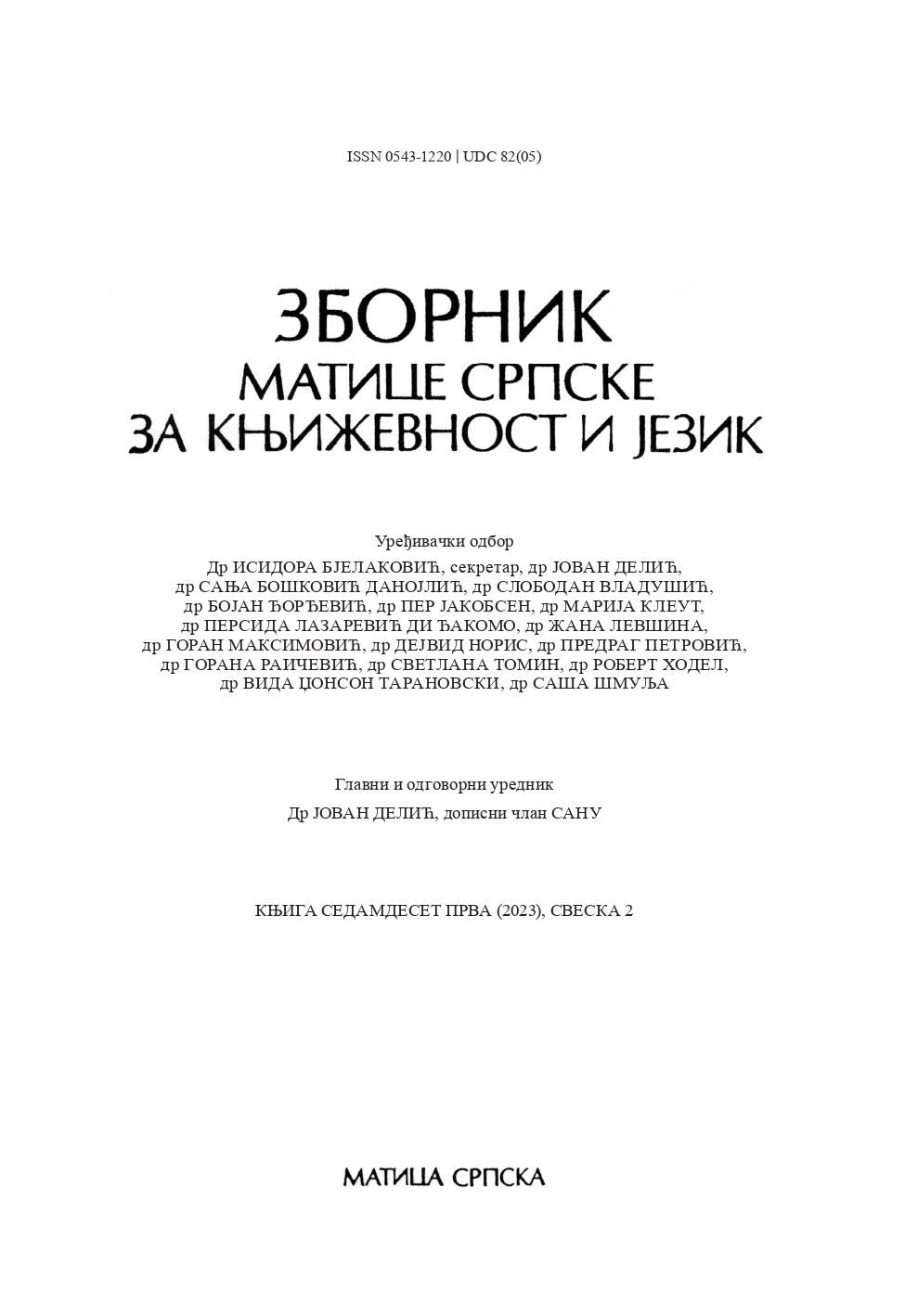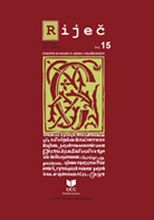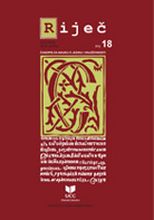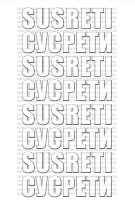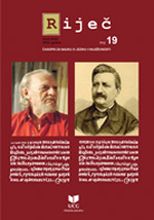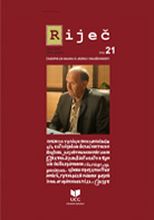Author(s): Senadin Lavić,Šerbo Rastoder,Veselin Konjević,Braho Adrović,Draško Došljak,Jovanka Vukanović,Snježana Mulić Softić,Dino Burdžović,Selman Selhanović,Melida Travančić / Language(s): Bosnian
Issue: 89-90/2022
The review of:
1)Rusmir Mahutćehajić, Bauk bosanstva: U anesteziji i poslije, Dobra knjiga, Sarajevo 2022;
2)Mirsad Kurgaš, Česme, hajrati i zadužbine u barskom kraju, autorsko izdanje, 2022, 287str;
3)Emir Mušović: Mušovići na Bedemu – prilog istoriji bratstva Mušović od XVII do XIX vijeka na prostoru Kolašina i Nikšića - Jadiđar, Prijepolje, 2019;
4)Avdo Međedpović: ,,Ženidba Vlahinjić Alije“, Bošnjačko udruženje književnika Sandžaka, Novi Pazar, 2021. priređivač i urednik Hodo Katal;
5)Braho Adrović, Vrzino kolo, IGP “Pegaz”, Bijelo Polje, 2022;
6)Bešir Ljušković: „Pupčanik“, Udruženje književnika Srbije, Beograd, 2020.;
7)Faiz Softić: Noćni čuvar pasa, Baybook, Sarajevo 2021.;
8)Jovan Divjak, Troknjižje: Ratni dnevnik 1992, Ratni dnevnik 1993 i Fragmenti, Izdavač: NVO Obrazovanje gradi Bosnu i Hercegovinu, Sarajevo, 2022;
9)Ruždija Adžović: „Tunjo“ - Razgovori sa Muhamedom Filipovićem, izdavač „Buybook“, Sarajevo 2021. godine;
10)Faiz Softić: Mutna voda, Planjax: Tešanj, 2018.
More...
